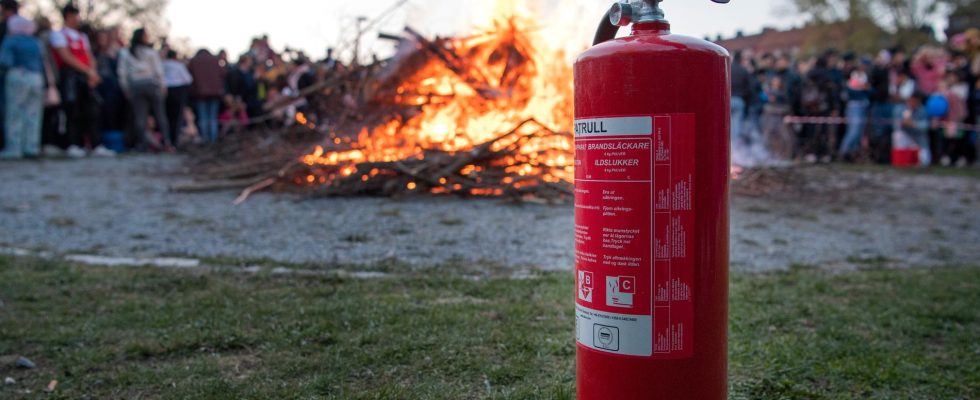unsaveSave
expand-left
full screen Valborg celebrations traditionally come with an associated bonfire. Archive image. Photo: Jessica Gow/TT
No May bonfires in Sweden are threatened, according to Environment Minister Romina Pourmokhtari (L) after the recent debate on burning bans. But who gets to fire, and how?
In recent days, a fiery debate has raged around precisely the right to fire in the country. The government’s waste regulation, which came into being after an EU directive and came into force at the turn of the year, has been interpreted differently in different parts of the country.
– It is clear that clarification of this regulation is needed so that there are not so many misconceptions, Pourmokhtari told TT on Thursday.
The short answer to just in case you are allowed to burn garden waste such as leaves and twigs on your plot is that you should check with the municipality. Different municipalities have different rules, and even within the municipality the rules depend on whether, for example, you live in a very densely built-up area or more isolated.
The municipality decides
But what about the tradition-laden May bonfires that herald the end of winter, the victory of light over darkness and the ability of all Swedes to grill sausages in groups?
There, too, the answer is that it is the municipality that decides. Unlike a highly private small bonfire consisting of the apple tree that never took off or various leaves, a publicly organized May bonfire is something that usually requires permission to be sought.
In addition, the waste regulation states that you may burn waste “in connection with public events” if it is done “without risk of inconvenience to human health or the environment”.
The contents of the fire
What constitutes garden waste is not defined in the waste regulation with words such as twigs or leaves. Instead, the Swedish Environmental Protection Agency, which helps municipalities interpret the regulation, writes on its website: “Bio-waste that is garden or park waste mainly consists of plant parts, grass clippings, leaves and branches that come from the management of private or public parks and gardens”.
The Swedish Environmental Protection Agency also points out: “The term garden or park waste does not include waste from agriculture or forestry”.
